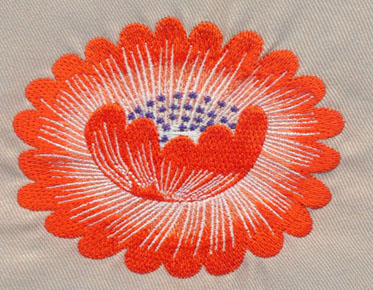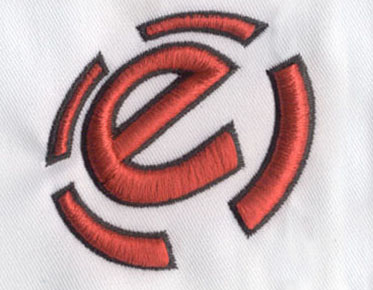Manual Vector Conversion Services vs. Automated Software Tools: Key Considerations
In the world of digital design, the conversion of bitmap images into vector art
is a crucial process. This process can be performed manually by a skilled
designer or through automated software tools. The choice between these two
approaches depends on several factors. This article aims to explore the key
considerations that guide this decision, enabling businesses and individuals to
make an informed choice.
Understanding Manual and Automated Conversion
Firstly, it's important to understand the differences between manual and automated vector conversion. Manual conversion involves a designer meticulously tracing the bitmap image by hand, ensuring that every detail is captured. On the other hand, automated conversion employs software tools that use algorithms to trace the bitmap image and convert it into a vector.
What need to consider when conversion?
1. Quality and Accuracy
Quality and accuracy are of paramount
importance in vector conversion.
Manual conversion services, handled by skilled designers, can provide
high-quality results, especially when dealing with complex or detailed images.
They can ensure that subtle nuances, intricate details, and color variations
are accurately captured in the vector image.
In contrast, automated tools may struggle with
complex images. While they are quick and efficient, they often lack precision,
especially when dealing with intricate details. As a result, they may not
accurately reproduce the bitmap image, leading to a loss of quality.
2. Time and Cost Efficiency
Automated tools have the advantage when it
comes to time and cost efficiency. They can convert images quickly, making them
ideal for large batches of conversions. Moreover, they are generally more
cost-effective than manual services, especially for simpler images.
On the other hand, manual vector art conversion is a labor-intensive and time-consuming
process, which can be more costly. However, for complex or highly detailed
images, the cost and time invested in manual conversion can be justified by the
superior quality of the output.
3. Complexity of the Image
The complexity of the image is another major
consideration. If the bitmap image is simple, with few colors and details,
automated tools can be sufficient. However, if the image is complex, with many
colors and intricate details, manual conversion is usually the better choice.
4. Scalability Needs
The need for scalability can also influence
the choice between manual and automated conversion. If the vector image will be
used in various sizes across different mediums, it's essential to ensure
high-quality conversion that retains all the details at any size. Manual
conversion services usually excel in this regard.
Conclusion
Choosing between manual vector art services and automated software tools depends on a
variety of factors, including the complexity of the image, the required quality
and accuracy, the need for scalability, and time and cost considerations.
While automated tools offer quick and
cost-effective conversion, they may fall short in terms of quality, especially
for complex images. Conversely, manual vector art conversion services can provide high-quality results, but at a higher
cost and with longer turnaround times.
Ultimately, the best approach is to assess
each project individually and choose the method that best fits the specific
needs and constraints. It's about finding the right balance between quality and
efficiency, ensuring that the final vector image meets the required standards
while staying within budget and timeline constraints.



